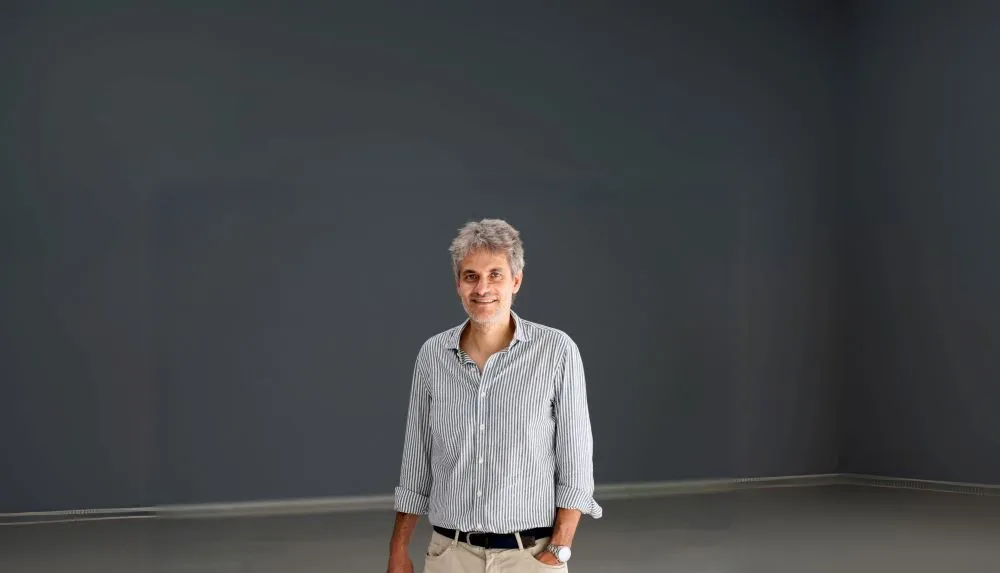
It’s a Matter of Horizontal Equity
There is an extensive scientific literature showing that, regardless of the methods used or the countries considered, belonging to a lower social class (alternatively measured as education level, income or occupational type) means having a higher likelihood of developing more or less debilitating diseases and lower life expectancy levels. This is what the literature refers to as the "socioeconomic gradient”.
The existence of the socioeconomic gradient has important implications for the definition of social policies. One dimension that starts being considered in this context is the horizontal equity (i.e. equity between socioeconomic classes within the same generation) related to a contributory pension system. In these cases, equal years of contributions and retirement age can result in lower rates of return for those with lower life expectancy: early mortality compared to the average means that the worker receives less than expected in terms of pension returns. In other words, the socioeconomic gradient would have a regressive effect on the pension system, effectively redistributing resources from the lower to the upper end of the social scale.
Precisely based on these considerations and thanks to the VisitINPS program, which allowed us to access registry data of Italian workers, we aimed to measure the socioeconomic gradient in Italy, linking it to occupational category and income (Ghislandi and Scotti, Visitinps Working Paper, 2022). We find strong evidence of a socioeconomic gradient in all these dimensions.
Regarding occupation, we find for example, that for men, the life expectancy at age 65 for a manager is about 4 years higher than for machine operator or assembly line worker. Or that the difference in life expectancy between an architect and a security service worker is 5 years. As for women, although the gradient is clearly visible, the data are not very informative, mainly due to the low female participation in the labor market, especially in high occupational positions, in the generation considered.
The same conclusions can be drawn even when considering income. Indeed, there is a significant gradient among men, manifesting as a difference in life expectancy between the rich and the poor of about 4.5 to 5 years. In this dimension, however, data allowed us to be more specific and to assess also the evolution of the gradient over time. By comparing cohorts born in the 1930s with those born in the 1950s, two important aspects can be observed. Firstly, it is evident that average life expectancy increases over time for every income class and for both women and men. This means that mortality is progressively shifting toward older age groups. At the same time, the shift in mortality toward older ages is more pronounced among higher-income classes, resulting in an increasing longevity gap between different classes over time. Despite a general improvement in living and health conditions for Italians, we have also witnessed a widening gap between the health of the higher and lower income groups.
If the socioeconomic gradient is a common feature in many economically advanced countries, the issue of horizontal equity in the pension system is not just an Italian concern. In recent years, evidence has been produced in this regard for European countries such as Sweden and Germany, as well as for the United States. In the case of Sweden, in particular, an article published in the journal Demography in 2022 concludes that due to the socioeconomic gradient, the Swedish pension system is much less progressive than initially thought. For West Germany, registry data show – consistent with what we found for Italy – that the life expectancy gap between the richest 10% and the poorest 10% of the population increased from 4 years recorded in cohorts born in the 1920s to 7 years for cohorts born in the 1940s.
The regressive impact of the socioeconomic gradient on the pension system is an aspect that has only recently begun to be studied. Of course, the level of horizontal equity in a pension system is just one of many parameters that must be considered in the design and evaluation of a system. However, relatively simple corrective measures could be imagined. Ideally, the optimal approach, though technically complex to implement, would require a recalibration of pension calculations using a differentiated quantification of life expectancy by socioeconomic status. Other economic compensation mechanisms could also be imagined, defined by socioeconomic classes. More simply, in the Italian case, expanding the list of “strenuous jobs” could represent an approach that, while not consistent with the concept of the socioeconomic gradient, would still be more easily achievable.